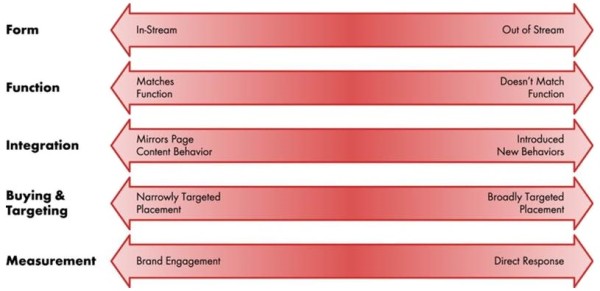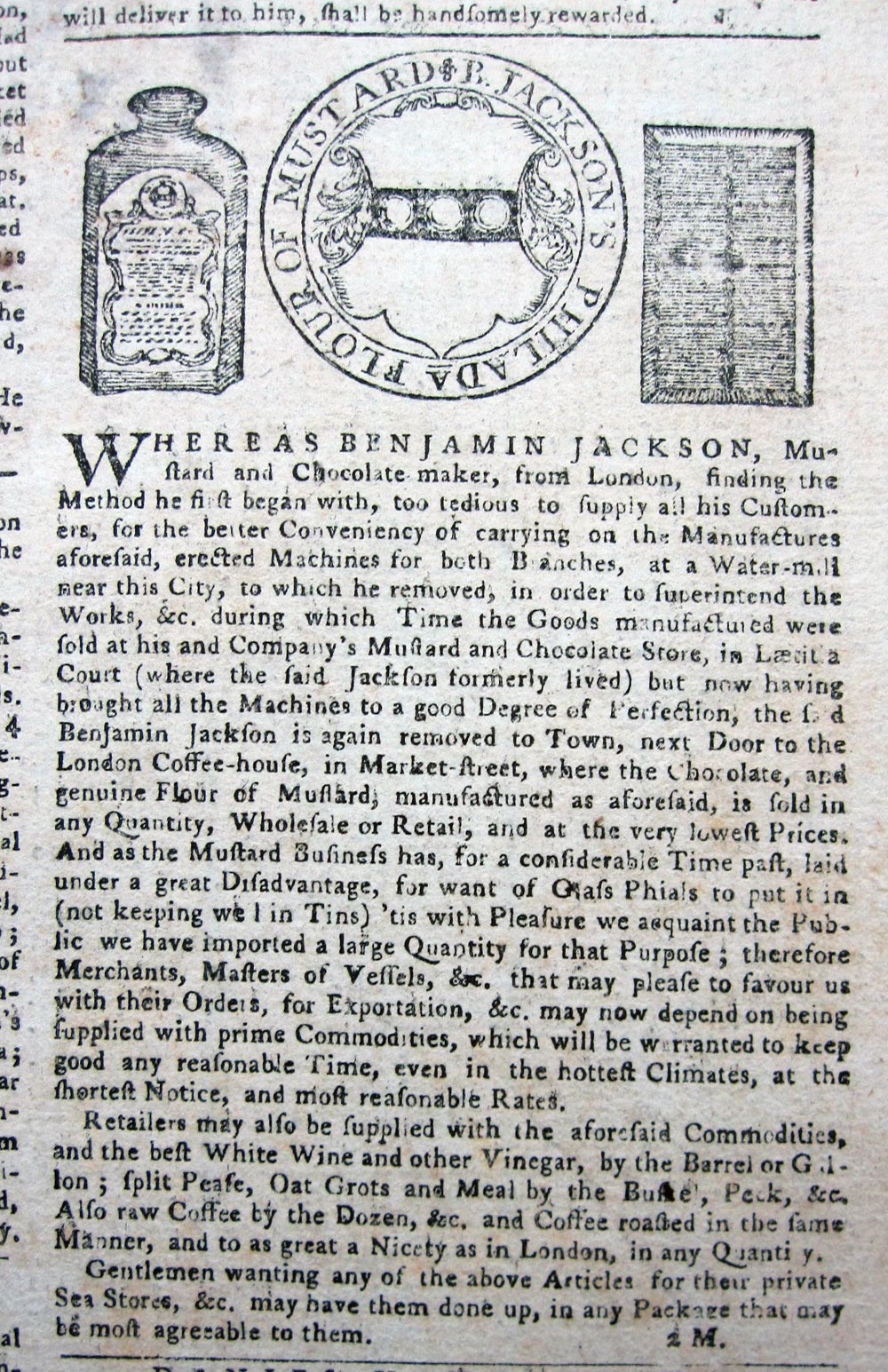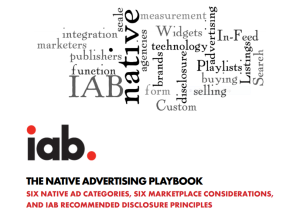Why Native Advertising Matters And What You Should Do About It
Native advertising is much more than the newest shiny object to appear on the digital landscape. It represents a fundamental turning point in the evolution of digital advertising, mirroring similar historical shifts in the maturation of print and television advertising. Smart marketers, publishers, and agencies are moving aggressively to adjust their core strategies to reflect […]
Native advertising is much more than the newest shiny object to appear on the digital landscape. It represents a fundamental turning point in the evolution of digital advertising, mirroring similar historical shifts in the maturation of print and television advertising.
Smart marketers, publishers, and agencies are moving aggressively to adjust their core strategies to reflect this, experimenting with and learning from new tactics.
This article applies the IAB’s aspiration to define native advertising — a paid ad that is so cohesive with the page content, assimilated into the design, and consistent with the user experience that the viewer simply feels that it belongs.
It is ineffectual to get hung up on definitions, however — in the near future, the notion of native will disappear, and instead the characteristics of this new ad form will become synonymous with digital advertising.
Advertising in every new medium begins as an awkward accompaniment and, over time, matures and takes on a more natural form, fitting more comfortably within the content.
Early television commercials featured nattily dressed radio announcers reading copy to the camera. It took many years for television advertising to find its natural form of mini 30-second stories within the broader program stories.
Similarly, early magazine ads were stacked at the back of the book and only became integrated between stories and reflective of the publications’ look and feel over time.
Newspaper advertising went through its adolescence in Colonial times, aided by Benjamin Franklin. His Pennsylvania Gazette pioneered the use of headlines, illustrations, and the placement of advertising next to editorial content.
Today’s digital banners in the ubiquitous leaderboard and right rail placements are the equivalent of TV’s, magazine’s, and newspaper’s pre-adolescent forms.
Banners too often are out of the reader’s activity stream, not mindful of the page content or style, and most damningly for digital, do not offer the user the ability to interact with the ad content in the same manner as content on the other parts of the page. A click-through certainly does not make up for this latter deficiency.
Native advertising is simply the digital advertising industry’s adolescent growth phase as it becomes more comfortable in its own skin. Like in many youngsters, this growth spurt has come on quickly — with native rocketing onto the scene in 2013 like it was shot out of a cannon.
Also indicative of this life stage is the need to experiment, to learn, and to continually adjust — and this is just where the digital industry is now in regards to native advertising.
We will look very different when this growth phase is over — and, like my now 18-year-old son, we just might cringe at the memory of some of the choices we made along the way. Nevertheless, change is happening, and this offers an historical opportunity for brands to surge ahead.
The IAB Native Advertising Playbook is a good guide to navigating this new landscape. It was created by a task force of over 100 leading companies, including some of the new natives, like Facebook and Twitter, along with other publishers that have been thoughtfully delivering branded content for many years, like Condé Nast and Forbes.
This group concluded that native advertising’s future is bright for many reasons. It helps end the dominance of ads being placed at the margin of the page — a place where too many ads have been living for too long. It puts ads in the users’ experience stream, where television and print have been for years.
And, perhaps most important, native advertising is primarily a brand advertising format, in contrast to standard banners that have become de facto performance products.

Key Benefits of Native Advertising
Despite this rosy assessment, there are many pitfalls, and native advertising could fail to grow in significance if these are not overcome. Challenges include:
- Ad Quality – native advertising requires more and better ads, and this is a real challenge for brands and their agencies
- Ad Avoidance – if we fail to give them great creative, consumers will learn to avoid these new ads, and “banner blindness” will become “native blindness”
- Transparency – native ads placed in the content well must be clearly labeled as such or we will lose consumer trust
- Social Fatigue – today, native ads are being poured into every form of social media, and this could easily lead to fatigue and avoidance
- Scale – while marketers want brilliant creative, they also need this at scale, and it’s a challenge to deliver both in native today

Five Key Characteristics of Effective Native Ads
To cut through the noise and provide a common basis for evaluating native options for buyers and sellers, the Playbook defines the five key characteristics of effective native ads. These are:
- Form. How the ad fits with the overall page design — is it in the viewer’s activity stream or not in-stream?
- Function. How consistent the ad is with the page content experience — does the ad function like the other elements on the page in which it is placed?
- Integration. The extent to which the ad behaves in a way that is integral to the page, providing a seamless user experience.
- Buying & Targeting. How the ad placement is targeted, e.g., narrowly targeted (e.g., baseball section of sports page) or more broadly (e.g., run-of-network)?
- Measurement. Do evaluation metrics include top-of-the-funnel brand engagement (e.g., views, likes, shares, time spent) or only bottom funnel ones (e.g., click-through, download, register)?
While this framework provides a very good basis for discussion between buyers and sellers, it purposely does not define a single standard. Doing so could lead to native advertising becoming an artifact — like the MREC banner — which would seriously stunt the industry’s development.
Native is not a tactic and definitely not a single ad product; it is the beginning of an essential stage in the industry’s maturation. Smart marketers, publishers and agencies recognize this as the fundamental strategic shift we have been long awaiting — and are moving quickly to internalize the change for competitive advantage.
Contributing authors are invited to create content for MarTech and are chosen for their expertise and contribution to the search community. Our contributors work under the oversight of the editorial staff and contributions are checked for quality and relevance to our readers. MarTech is owned by Semrush. Contributor was not asked to make any direct or indirect mentions of Semrush. The opinions they express are their own.
Related stories

